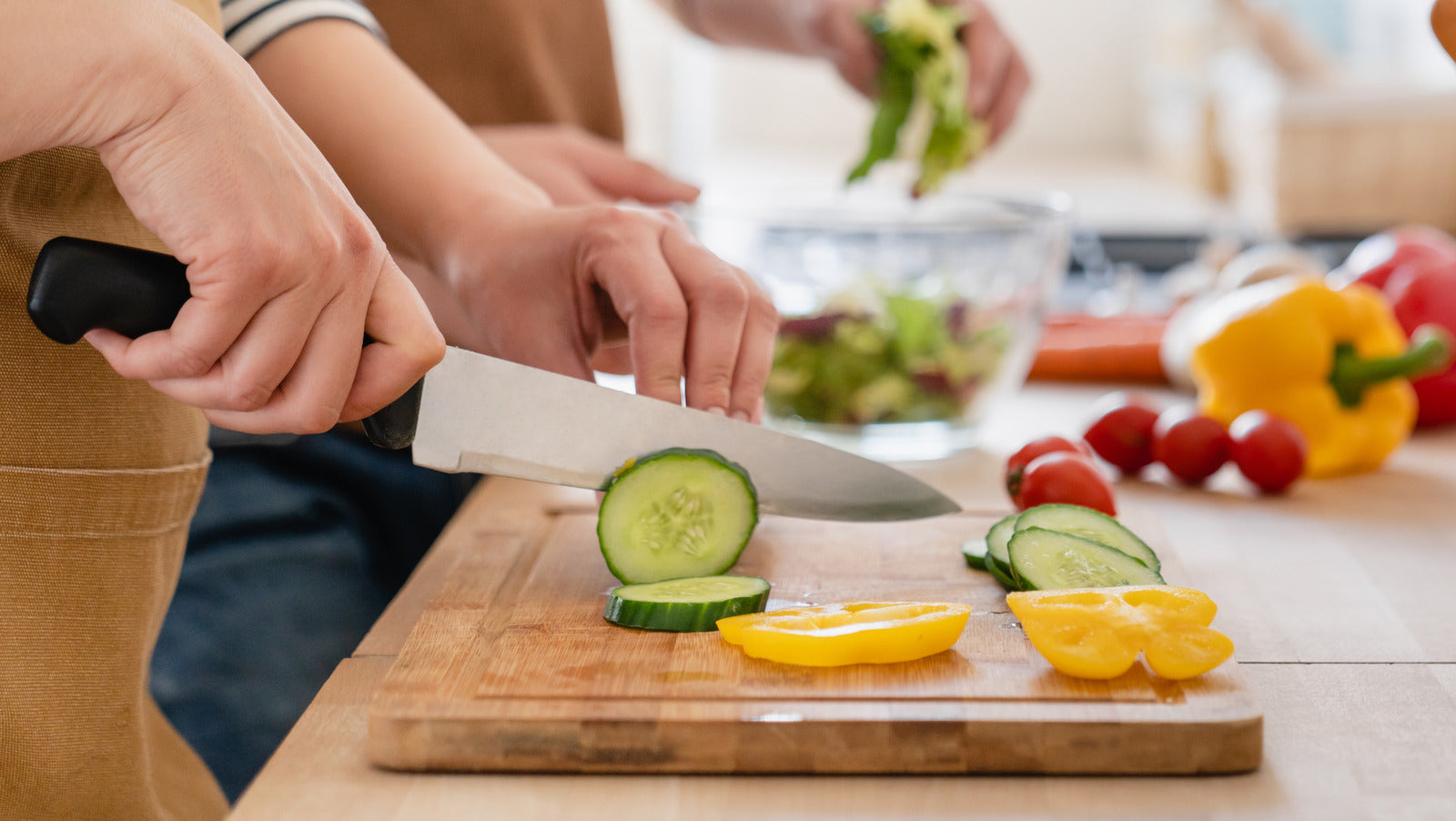For kitchen professionals, having the right tools can make or break a culinary experience. A cutting board is not just a kitchen necessity but an extension of your craft. If you've been curious about how to make cutting board, you're in for a remarkable journey that combines artistry and functionality.
:max_bytes(150000):strip_icc()/prevent-cutting-board-slipping-1123-c9837c7f958745b792c2b115c7d7bccd.jpg)
The Art and Science of Cutting Board Creation
Creating your own cutting board is a rewarding endeavor. Not only does it allow for customization, but it also ensures a quality piece that matches your needs as a kitchen professional. Here's how you can bring this life-changing kitchen accessory to life.
Choosing the Right Type of Wood for Your Cutting Board
1. The Timeless Beauty of Hardwood
When learning how to make cutting board, selecting the ideal type of wood is crucial. Woods such as maple, walnut, and cherry offer durability while being gentle on your knives. According to [RealSimple](https://www.realsimple.com/home-organizing/cleaning/cleaning-kitchen/cleaning-wood-cutting-boards), hardwoods resist knife marks and naturally fight bacteria.
2. Avoiding Softwoods and Treated Woods
Softwoods like pine or woods treated with chemicals can easily wear out and are unhygienic. Always opt for untreated hardwoods to ensure safety and longevity.
The Tools Youll Need to Make a Cutting Board
To begin crafting your cutting board, ensure youre equipped with the following tools:
- A wooden board, preferably hardwood
- A saw (table saw or hand saw)
- Sandpaper (various grits)
- Clamps
- Food-safe adhesive (if creating a composite design)
- Mineral oil for finishing
Pro Tip:
Invest in sanding equipment, as uneven edges can render your board impractical and even dangerous for kitchen use. Learn more about how to maintain and treat your cutting board on Culina's cleaning blog.
Step-By-Step Guide: How to Make Cutting Board
Step 1: Sizing and Design
Begin by determining the size and design of your cutting board. Common sizes for large boards are 18 x 24 inches, but personal preferences can guide this decision. Lay out your dimensions before cutting your wood.
Step 2: Cutting the Wood
Using your saw, cut the wood to match your design. If creating a striped or checkered pattern, cut multiple strips and glue them together using food-safe adhesive. Clamp your design tightly and allow it to dry for at least 24 hours.
Step 3: Sanding
Sanding is arguably the most important step. Start with coarse-grit sandpaper for basic smoothing and gradually move to finer grits to achieve a polished finish. This process ensures your cutting board is smooth and free of splinters.
Step 4: Oiling for a Life-Changing Finish
Apply mineral oil generously to enhance the wood grain and offer protection from moisture. This step not only heightens the board's appearance but also boosts longevity. Need detailed oiling instructions? Check out Culina's oiling tips.
The Shocking Importance of Maintaining Your Board
Your cutting board's performance and appearance hinge on its maintenance. Regular cleaning and oiling can transform the board into a tool you'll cherish for years to come. For in-depth cleaning tips, refer to [Mashed](https://www.mashed.com/37773/heres-right-way-use-cutting-board/).
FAQs About How to Make Cutting Board
1. Why is using hardwood essential?
Hardwood is durable, prevents knife damage, and resists bacterial growth compared to softwoods.
2. Can I customize my boards design?
Absolutely! From shape to wood type, creating a personalized cutting board is one of its biggest advantages.
3. Is food-safe mineral oil necessary?
Yes, mineral oil is vital to protect the wood from moisture and enhance its appearance.

Conclusion
Making your own cutting board is a mix of creativity and practicality. With proper materials, tools, and maintenance protocols, youll produce a kitchen tool thats among the most tremendous and terrific in any culinary setup. Get started today by exploring more exclusive resources.
This article contains affiliate links. We may earn a commission at no extra cost to you.





Leave a comment
This site is protected by hCaptcha and the hCaptcha Privacy Policy and Terms of Service apply.